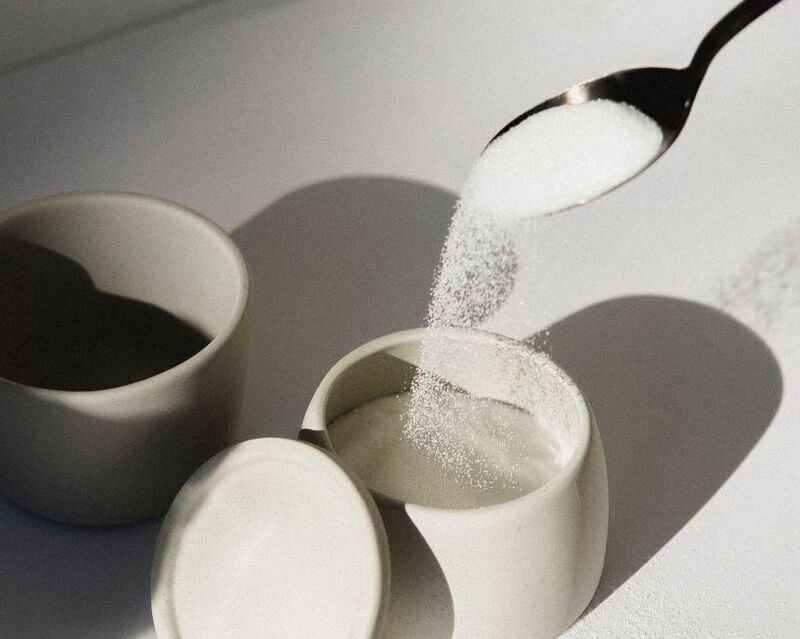
The soft commodities sector edged 0.97% higher in Q4 2022 and only 0.31% lower in 2022. In Q1 2023, the soft commodities sector posted an 11.12% gain. Cotton prices edged lower, while sugar, coffee, cocoa, and FCOJ futures prices increased. FCOJ led the way on the upside with an over 30.5% gain, and cocoa and sugar posted double-digit percentage price increases.
In my January 9, 2023, Barchart article, I wrote:
The soft commodities sector barely moved in Q4, with a 0.66% loss and a 1.72% gain in 2022. However, four of the five members reached multi-year highs, and cocoa’s trend remains marginally higher. Soft commodities are agricultural products, and worldwide inflation is increasing production costs. We could see more volatility in the sector in 2023 as input prices and global demand rise. Meanwhile, the weather across the critical growing regions and economic and political conditions in Brazil and West Africa could cause sudden price volatility over the coming year.
Soft commodities led the asset class on the upside in Q1, which could lead to lots of price variance in Q2 and beyond.
World sugar futures rise to a multi-year high in Q1 2023
In 2022, world sugar #11 futures on the Intercontinental Exchange gained 6.14%, closing at just over 20 cents per pound on December 31, 2022. In April 2020, pandemic-inspired selling drove the price to the 9.05 cents low, the lowest price since June 2007.

The chart shows world sugar’s price continued to rise in Q1, moving 11.03% higher to settle at 22.25 cents on March 31, 2023. Sugar is Brazil’s primary ingredient in ethanol, and Brazil is the world’s leading free-market sugarcane producer and exporter. Meanwhile, at 24.28 cents per pound on April 17, nearby sugar futures are challenging a multi-year high.

The long-term chart highlights sugar broke above the November 2016 23.90 cents high. The next technical resistance levels stand at the August 2011 31.85 cents and the February 2011 36.08 cents peaks. The bullish trend in world sugar futures began at the April 2020 low and continued through Q1 and into early Q2 2023.
Coffee futures edge higher in Q1
ICE Arabica coffee futures fell 26.01% in 2022, leading the soft commodity sector on the downside. However, in February 2022, ICE coffee futures peaked at $2.6045 per pound, the highest price since September 2011 before turning lower.

The chart shows ICE coffee futures edged 1.91% higher in Q1, closing the quarter at $1.7050 per pound. Over the first two weeks of Q2, coffee futures have moved higher to near the $2 level. The continuous contract fell to a $1.4205 low in January 2023 and has been making higher lows and higher highs over the past months.
Cocoa posted a double-digit percentage gain in Q1
ICE cocoa futures rose 3.17% in 2022 and spent last year trading in a range between $2,192 and $2,790 per ton. While Brazil is a top coffee, sugar, cotton, and orange-producing country, most cocoa output comes from West Africa. The Ivory Coast and Ghana produce over 60% of the world’s annual cocoa bean supplies because the equatorial climate supports the soft commodity.

The chart illustrates that cocoa futures broke out on the upside in Q1 2023, rising 12.81% for the quarter, and closing at $2,933 per ton. On April 17, cocoa remained above $2990 after probing above the psychological $3000 per ton level.

The long-term chart highlights cocoa future’s $3054 upside technical target. The November 2020 high stands as technical resistance. Above there, the December 2015 $3,422 high, and the March 2011 $3,826 peak become the resistance levels. A move above $3054 would end the pattern of lower highs from 2011, but it also continues the pattern of higher lows from June 2017. Cocoa is at a critical price level in early 2023, and a continuation of the recent rally could usher in a new bull market in the primary ingredient in chocolate confectionery products.
FCOJ rises to a new record peak and leads the sector in Q1
Frozen concentrated orange juice futures is the least liquid soft commodity with the lowest volume and open interest levels. Low liquidity tends to lead to broad price variance. In 2022, FCOJ led the soft commodities sector with a 41.08% gain. The bullish price action continued in Q1 2024.

The chart shows the thinly traded FCOJ future market rose another 30.57% in Q1 2023, with the soft commodity settling at $2.6950 per pound in record territory.

The long-term chart dating back to January 1970 shows the explosive move in FCOJ futures. In early Q2, the buying continued, taking the price to a new $2.8750 per pound record peak. The lowest Floridian crop in decades has pushed prices higher. Mass migration to the Sunshine State has caused developers to build homes and condominiums in areas that previously were orange groves. The weather conditions in Brazil have also supported higher orange prices.
Cotton prices edged lower
Cotton is another soft commodity that rose to a multi-year high in 2022, reaching $1.5802 last May. In 2022, ICE cotton futures dropped 25.96% despite the move to the highest price since 2011.

The chart shows the marginal 0.71% decline in cotton futures in Q1 2023, with the price settling at 82.78 cents per pound on March 31. Cotton has been consolidating around the 80 cents level since reaching a low of 70.21 cents in October 2022, less than half the price at the March 2022 high.
Soft commodities are agricultural products. The highest inflationary pressures in decades have increased production costs. While the weather across the critical growing regions in Brazil, West Africa, and other tropical areas are the most significant factor for the path of least resistance of prices. In early Q2, sugar, coffee, cocoa, and OJ futures remained in bullish trends, while cotton continued to consolidate after its decline from an eleven-year high in 2022.
Soft commodities are highly volatile, and the leading sector during one quarter often becomes the laggard during the next quarter. However, the trend in all markets is always your best friend and the paths of least resistance remain higher as of mid-April 2023 at the beginning of 2023’s second quarter.
On the date of publication, Andrew Hecht did not have (either directly or indirectly) positions in any of the securities mentioned in this article. All information and data in this article is solely for informational purposes. For more information please view the Barchart Disclosure Policy here.






